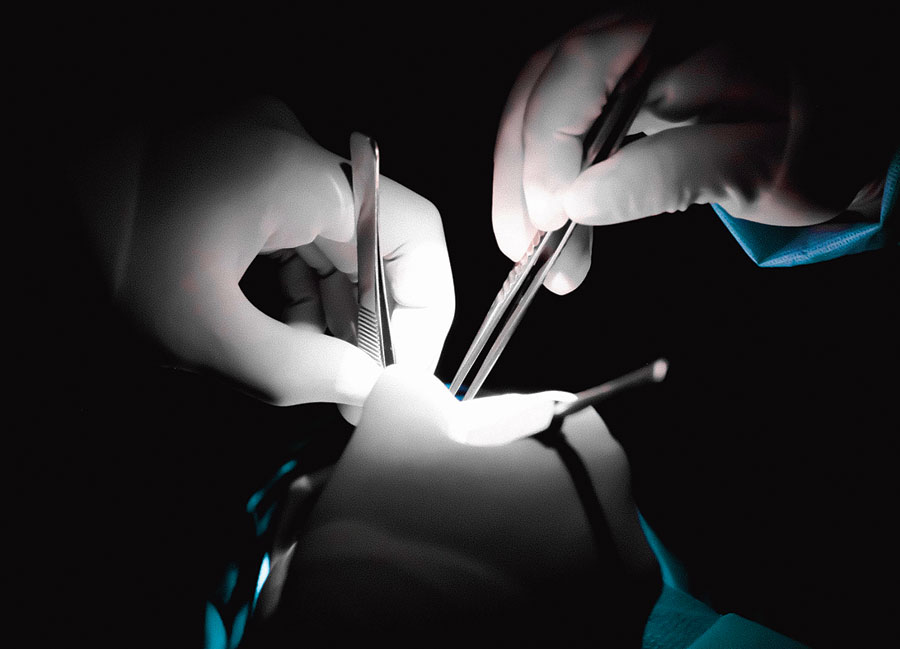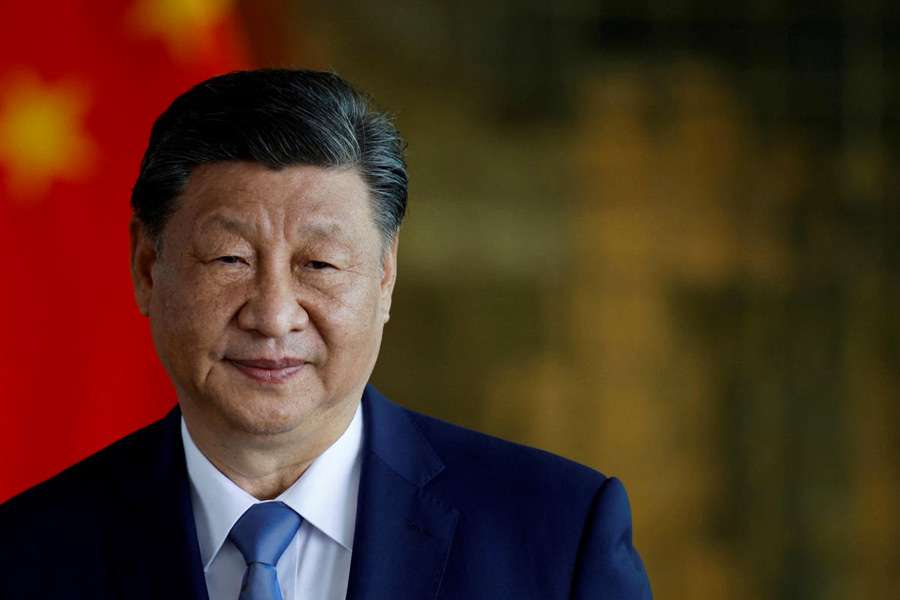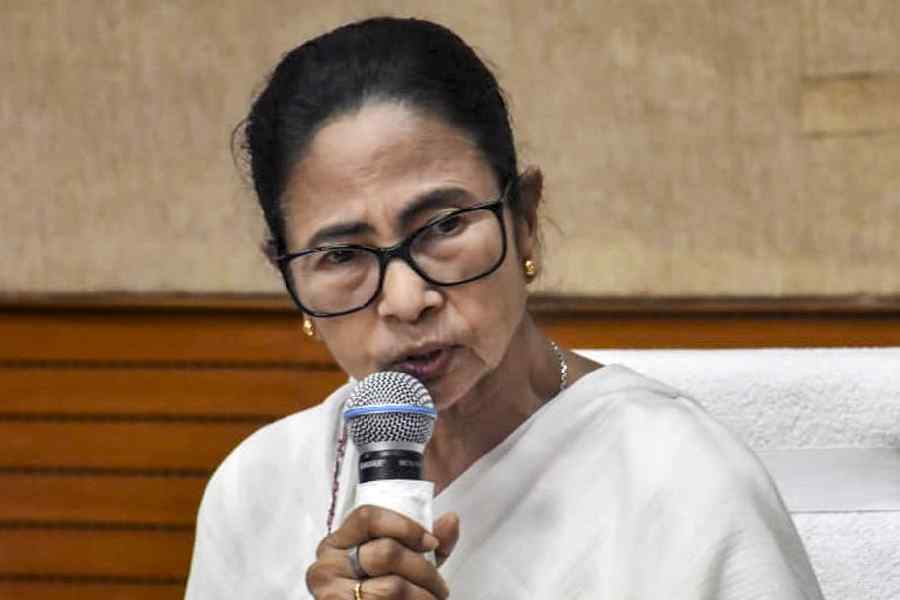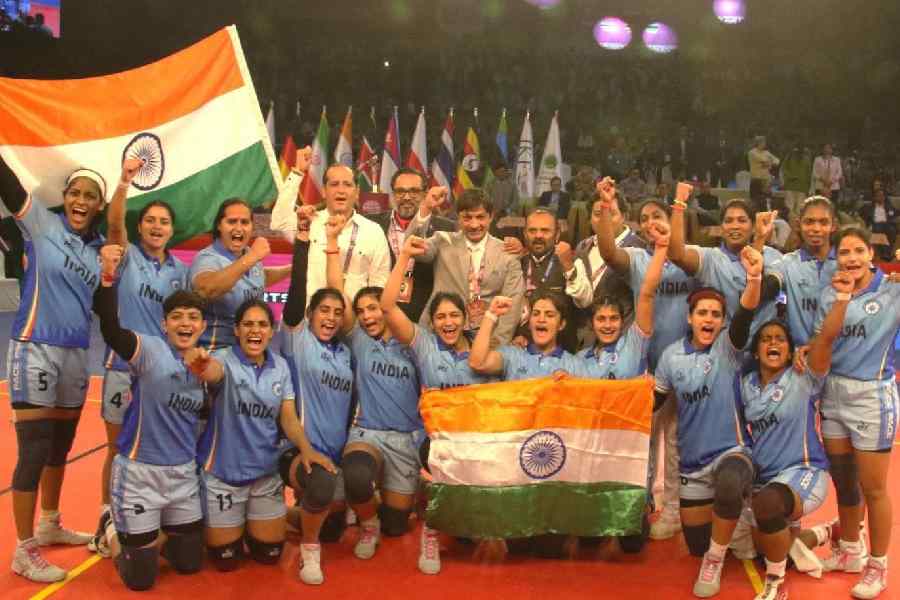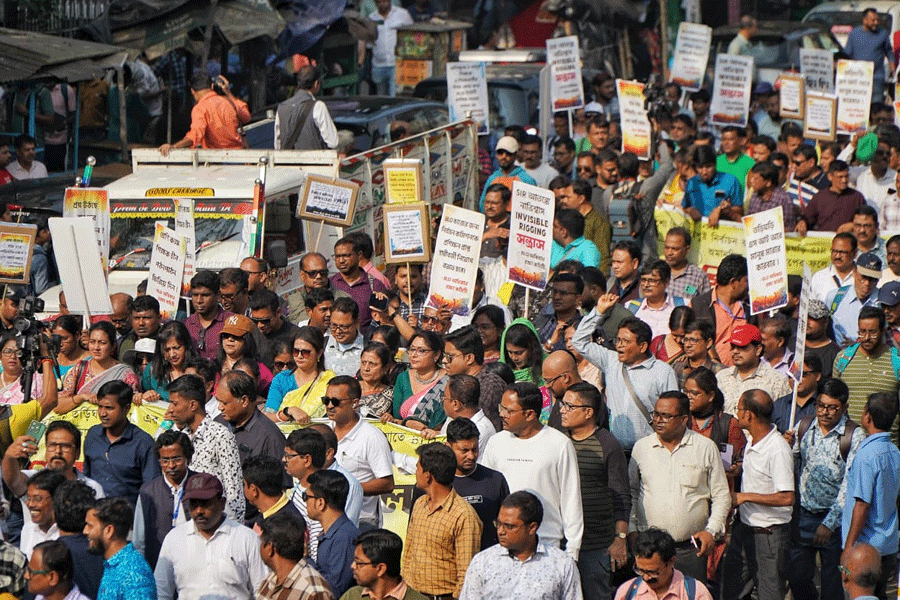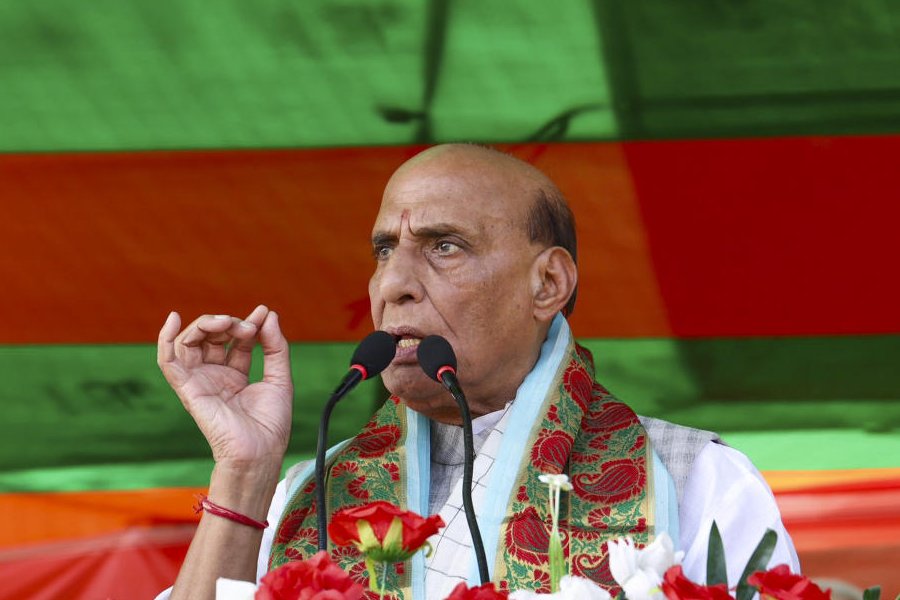The idol at the recent Ganesh Chaturthi celebrations reminded me once more of Prime Minister Narendra Modi’s comment at a Mumbai hospital a few years ago. He had opined that ancient Indians had known the advanced science of plastic surgery and, as an example, he pointed out Ganesha’s supposed head transplant. This risible comment created a wave of hilarity in the scientific world. Ancient India did indeed pioneer plastic surgery but saying Ganesha is proof of it has just harmed our credibility.
Just like in many parts of the ancient — and even the medieval — world, in India too a person’s nose was often cut off as punishment for theft or adultery. This, naturally, led to a demand for and development of a procedure to reconstruct the nose of those unfortunate individuals. While there are references to a nose reconstruction process in Vedic literature, a detailed description of the procedure is found in Sushruta Samhita (circa 600 BC). There is every reason to believe that it was the first written record of a skill that had been passed on orally from much earlier. The Samhita describes several plastic surgery procedures, including a sophisticated method of using a flap from the cheek to reconstruct the nose, skin grafting and repair of torn earlobes.
The nose reconstruction procedure is as follows: “First, the leaf of a creeper, long and broad enough to fully cover the whole of the severed or clipped off part, should be gathered, and a patch of living flesh, equal in dimensions to the preceding leaf should be sliced off (from down upward) from the region of the cheek and, after scarifying it with a knife, swiftly adhered to the severed nose. Then the cool-headed physician should steadily tie it up with a bandage decent to look at and perfectly suited to the end for which it has been employed (sadhu vandha).The physician should make sure that the adhesion of the severed parts has been fully affected and then insert two small pipes into the nostrils to facilitate respiration, and to prevent the adhesioned flesh from hanging down. After that, the adhesioned part should be dusted with powders of patanga (red sandal), yashtimadhukam (licorice root), and rasanjana (antimony) pulverised together, and the nose should be enveloped in kapasa cotton and several times sprinkled over with the refined oil of pure sesamum (sesame)…” (from the English translation of Sushruta Samhita by K. Bhishagratna in 1907).
In all probability, this procedure of nose reconstruction or rhinoplasty was carried on till a modification was introduced a few centuries later. In his textbook of surgery, Ashtanga Hridyans, fourth- century scholar Vaghbat described rhinoplasty as done by Maharishi Atreya and emphasised that it was necessary to provide an inner lining of the nose, which was provided by folding the end of the flap on itself.
In later times, this classical cheek flap rhinoplasty of Sushruta and Vaghbat was further tweaked, a rotation flap from the adjacent forehead was used instead of from the cheek. This became famous as the traditional Indian method of rhinoplasty. This technique continued for centuries and was practiced by several families of vaids in various parts of India, including the Marattas of Kumar near Puna, certain families in Nepal and the Kanghairas of Kangra in Himachal Pradesh. The last hakim of Kangra, a Dinannath Kanghaira, claimed that his family had been using the technique for millennia and in Kangra since 1440 CE.
In relatively modern times, the chief medical officer of Junagadh state, Tribhovandas Motichand Shah, published a monograph in 1889 where he described over a hundred cases of rhinoplasty he had carried out in four years. He gave minute operative details and discussed the advantages of forehead rhinoplasty. Shah was a legend in his time. There was a local saying, “Kalu cuts the nose and Tribhovan reconstructs it”. Kalu was a dacoit in the Junagadh area who was famed for cutting off peoples’ noses.
It is this technique of rhinoplasty that later formed the basis of many reconstructions by Sir Harold Gillies, the New Zealand-born surgeon who is known as the father of modern plastic surgery. We can call Sushruta the original father of plastic surgery since he was the one to first document it. Plastic surgery did indeed originate in ancient India, the Prime Minister did not need to refer to mythical characters to bolster this claim.
The writer is a surgeon who teaches at the Taylor’s University School of Medicine in Selangor, Malaysia
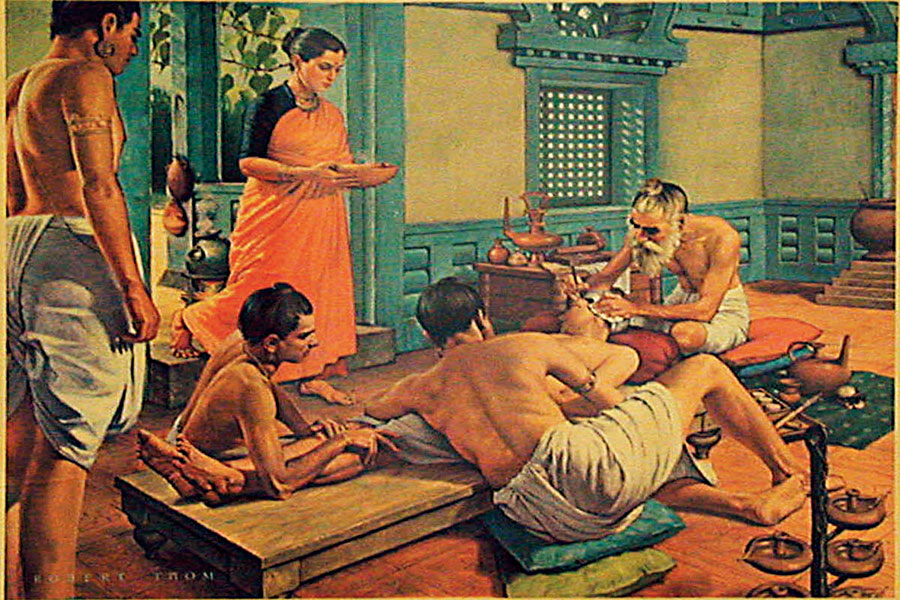
cutting edge: An artist’s depiction of Sushruta cutting flesh from a patient’s cheek to fashion an ear lobe. His text on surgery details this procedure Image credit: CMC Vellore Library

